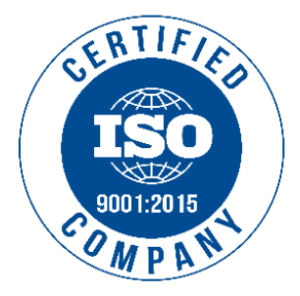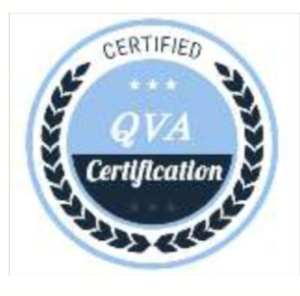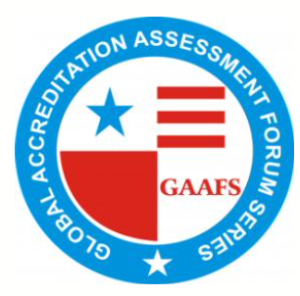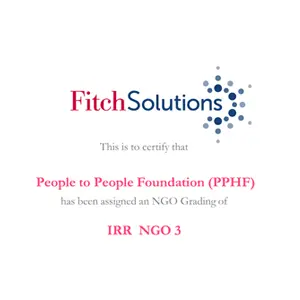
Environmental Health
Availability and access to Water, Sanitation, and Hygiene (WASH) services are human rights. The Sustainable Development Goal 6 (SDG 6) ensures availability and sustainable management of water and sanitation for all. WASH is fundamental to the health and well-being of people and increasing access to WASH provisions and influencing appropriate hygiene behaviours are critical.
"PPHF has been promoting a tested approach to hand washing with soap (HWWS) program for mothers, children, and the community."
PPHF’s core strategic objectives for WASH
- Increased demand for improved WASH facilities and practices through behaviour change interventions.
- Improved quality of WASH service provisions.
- Capacity building and mentoring of WASH service providers.
- Collaboration and Partnerships for advocacy to scale WASH interventions Water, Sanitation, and Hygiene.
Changing Behaviour
Awareness
What are the occasions? Why is it so important?
Basic awareness and relevance for why the habit is so important.
Commitment
Get people to commit to practicing the 5 moments
For the behaviour change journey to start, consumers need to internally commit to driving the habit. If this commitment is made in a public setting, it is even more powerful.
Reinforcement
Get them to practice the behaviour
Research shows that consumers need to constantly practice the behaviour for it to take root. Ideally, consumers must practice for more than 28 days.
Reward
Give positive strokes to encourage them to continue the behaviour
It is important to reward/recognize consumers for following a habit to ensure the behaviour continues. One powerful form of reward is social recognition.
Mass Media & Social Media: To drive awareness and benefits to population at large
School Program: To drive commitment to active behaviour change
Mothers Program: To drive commitment to active behaviour change, involving doctors/medical staff as well as mothers
and children
Approach

All our programs integrate innovatively, evidence-based interventions in three key areas
Building Skills of WASH Service Provider:
Our capacity-building programs on WASH reach a diverse range of WASH service providers and health professionals at the community and facility levels to ensure adequate focus on WASH with a special focus on women, newborns, and children. We apply approaches to transfer knowledge and improve skills to influence behaviour change. PPHF’s WASH capacity-building package includes practical demonstration sessions for knowledge transfer, skill development, penetration thereafter practice, and adoption by the target audience for behaviour change.
Improving Access to Quality WASH:
We advance sustainable quality improvements for WASH through strong partnerships with Ministries of Health, other allied Ministries, training institutions, professional groups, and local champions. With local partners, we increased awareness and access through strengthening linkages among communities, facilities, and government for improved access to quality WASH. We are integrating WASH interventions into other areas of our health and emergency response programs and constantly learning about the use of WASH technologies to create better access to wash services by communities. We are integrating the wash into nutrition intervention for pregnant women, mothers, and children.
Expanding Community Support for WASH:
Our work includes helping build strong local systems that link communities and households to sustainable WASH services in rural and urban areas. Our community support work on WASH includes public health and emergency support. We engage communities and local leadership as vital partners in overcoming barriers to WASH especially for mothers and children. We educate families and households to make healthy behavior changes, practice handwashing with soap and other sanitation habits, and know how to take preventive measures to reduce infections by promoting healthy WASH activities. Our community-based approach strengthens access to WASH in communities and schools, linking households and health facilities.





